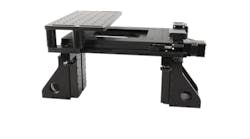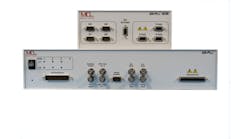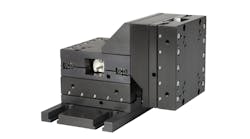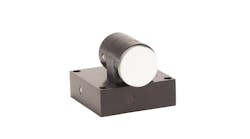Mad City Labs Inc
Madison, WI 53713COMPANY OVERVIEW
COMPANY OVERVIEW
About Mad City Labs Inc
Contact
More Info on Mad City Labs Inc
More Info on Mad City Labs Inc
Mad City Labs designs & manufactures nanopositioners, micropositioners and microscopy instruments suitable for photonics, interferometry, life sciences, astronomy, metrology and imaging applications. We offer closed loop piezo nanopositioners, microscope stages, precision micropositoners, RM21® single molecule microscopes, and atomic force microscopes (AFM and NSOM).
Articles
Articles
KEY CONTACTS
KEY CONTACTS
Shannon Ghorbani
Tech Sls
Buyer's Guide Listing Information
Buyer's Guide Listing Information
Click here for listing information and directions on how to add or update your company.
Request More Information From Mad City Labs Inc
Request More Information From Mad City Labs Inc
















